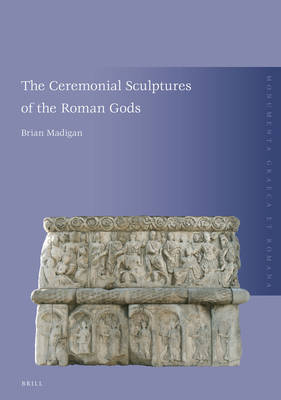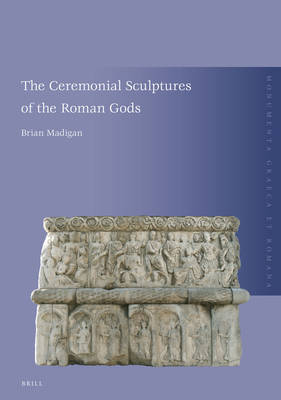
- Afhalen na 1 uur in een winkel met voorraad
- Gratis thuislevering in België vanaf € 30
- Ruim aanbod met 7 miljoen producten
- Afhalen na 1 uur in een winkel met voorraad
- Gratis thuislevering in België vanaf € 30
- Ruim aanbod met 7 miljoen producten
Zoeken
Omschrijving
The well-known formats of Roman sculpture are the ones best preserved, but inevitably limited to those designed to be permanent and immobile. A significant component of the Roman visual world missing from this record are those images which depict or stand in for the Roman gods during ceremonies. Statuary of this type is in some measure mobile, designed specifically to be carried about in processions, brought out for public viewing at throne ceremonies, or participate in divine banquets. In addition to defining the characteristics of these ceremonial sculptures, this study also addresses their performative qualities: where and how they appeared, who was responsible for handling them, with what conventions of decorum, and with what response from the audience.
Specificaties
Betrokkenen
- Auteur(s):
- Uitgeverij:
Inhoud
- Aantal bladzijden:
- 148
- Taal:
- Engels
- Reeks:
- Reeksnummer:
- nr. 20
Eigenschappen
- Productcode (EAN):
- 9789004227231
- Verschijningsdatum:
- 23/11/2012
- Uitvoering:
- Hardcover
- Formaat:
- Genaaid
- Afmetingen:
- 210 mm x 297 mm
- Gewicht:
- 630 g

Alleen bij Standaard Boekhandel
+ 500 punten op je klantenkaart van Standaard Boekhandel
Beoordelingen
We publiceren alleen reviews die voldoen aan de voorwaarden voor reviews. Bekijk onze voorwaarden voor reviews.








